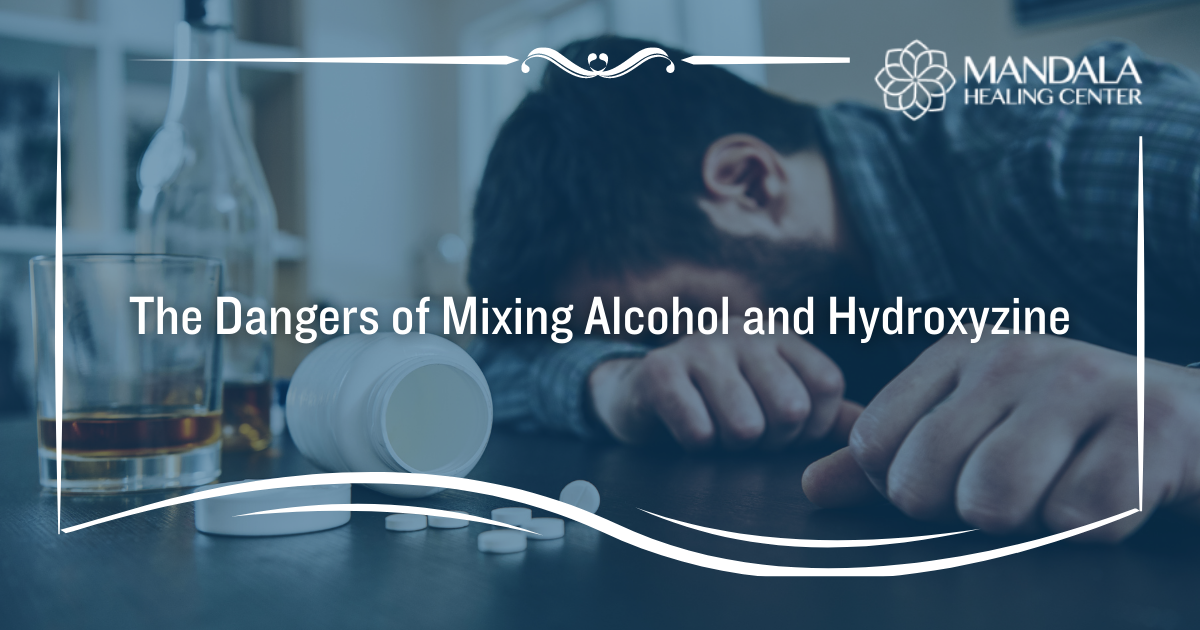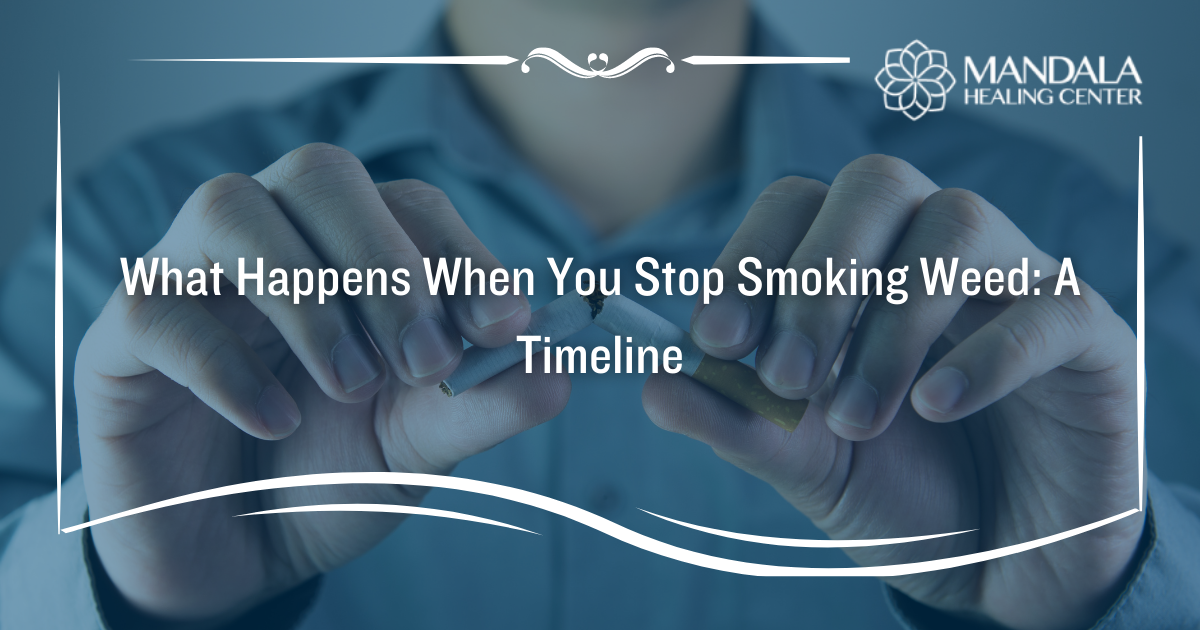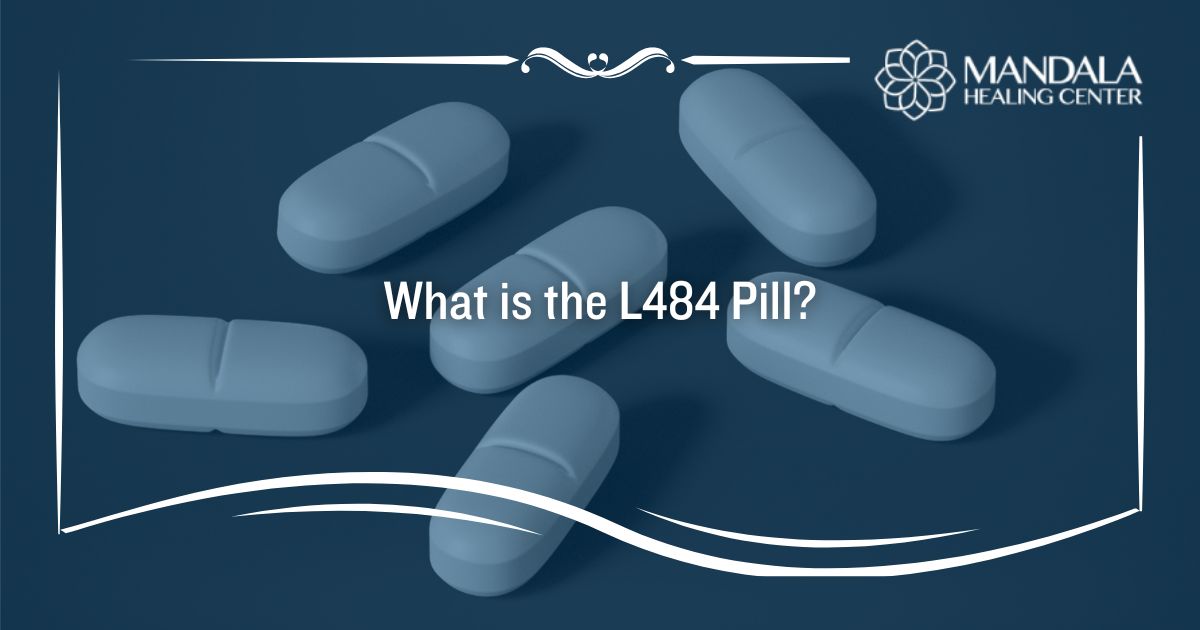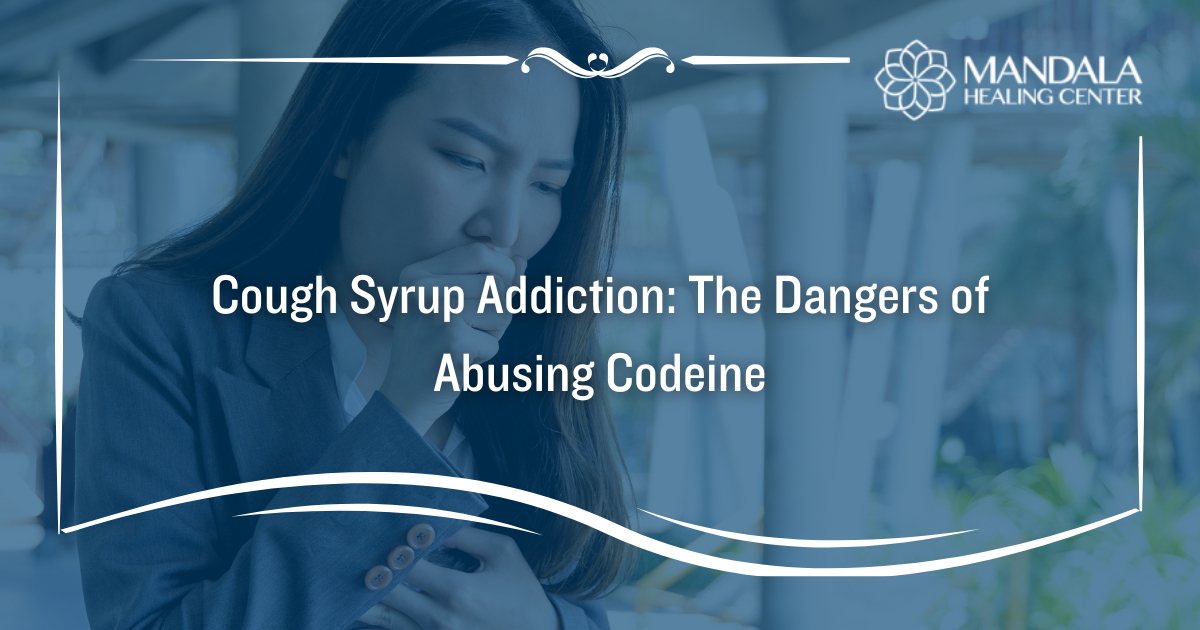Millions of people in the United States use prescription drugs. People may take prescription medications to manage the symptoms of mental health or medical conditions. Some of the drugs people take have a risk of dependence and addiction.
Cyclobenzaprine is a prescription drug with the potential for abuse and addiction. People may take this medication to manage muscle spasms and pain. People who abuse this drug may develop tolerance and physical dependence.
This article will explore cyclobenzaprine addiction. You will learn:
- The effects and risks of cyclobenzaprine abuse
- The potential for addiction to cyclobenzaprine
- The signs of cyclobenzaprine addiction
- What happens during cyclobenzaprine addiction treatment
- Where to find addiction treatment programs
If you or someone you love struggles with cyclobenzaprine abuse or addiction, you are not alone. Contact the Mandala Healing Center treatment specialists to explore treatment options or to schedule an intake appointment.
What is Cyclobenzaprine?
Cyclobenzaprine is available under the brand name Flexeril. It is a prescription muscle relaxant. Flexeril is similar to a type of drug called tricyclic antidepressants. It has been available in the US since 1977.
Doctors may prescribe Flexeril to help patients treat muscle pain from spasms, sprains, and other injuries. It works by blocking pain messages between the body and brain.
The Effects and Risks of Cyclobenzaprine Abuse
Flexeril can help relieve pain and discomfort. People may be able to sleep better and function better while taking this drug. Some people may like the side effects of Flexeril. This can lead to abuse.
Flexeril abuse includes:
- Taking a higher dose than prescribed
- Taking doses more often than prescribed
- Taking Flexeril recreationally (without a prescription)
Flexeril can cause unwanted side effects, especially among those who abuse it. Potential side effects include:
- Headaches
- Dizziness
- Abdominal pain
- Anxiety
- Acid reflux
- Problems with urination
- Nausea
- Drowsiness
- Fatigue
- Constipation
- Dry mouth
- Blurred vision
Abusing Flexeril also increases the risk of overdose. An overdose may cause:
- Cardiac arrest
- Heart attack
- Low blood pressure
- Seizures
A Flexeril overdose is a life-threatening emergency. Signs of an overdose include:
- Extreme drowsiness
- Vomiting
- Rapid heart rate
- Hallucinations
- Chest pain
- Slurred speech
- Difficulty breathing
If you or someone nearby exhibits symptoms of an overdose, call 911 immediately. Stay with the person until EMS arrives.
Is Cyclobenzaprine Addictive?
Medical professionals do not believe Flexeril (cyclobenzaprine) is addictive. It is not a controlled substance. However, people who abuse it may exhibit symptoms of addiction. People may begin to abuse Flexeril because it can produce short-term sedative effects.
Over time, people may start using larger amounts of Flexeril. This can lead to tolerance. Tolerance occurs when a person’s body adjusts to a specific dose of a drug. People may need to take more of a drug to get the effects they want.
Over time, people may develop physical dependence and addiction to Flexeril. Signs of Flexeril addiction include:
- Taking it differently than prescribed
- They experience withdrawal symptoms if they stop taking it
- Needing to take larger doses of Flexeril to get the desired effects
- Spending a lot of time and energy thinking about Flexeril
- Doing dishonest or illegal things to get more Flexeril, such as inventing symptoms or “doctor shopping”
- Having noticeable changes in behaviors or appearance
People with Flexeril addiction may also use other drugs at the same time. Some people combine Flexeril and other medications to enhance the drug’s effects. Or, people may use Flexeril to “come down” after abusing stimulants like cocaine or Adderall.
People who exhibit symptoms of Flexeril addiction may not be able to stop taking it on their own. Some may require medical supervision and substance abuse treatment to detox from Flexeril safely.
Treating Cyclobenzaprine Addiction
Addiction is a complex condition. Comprehensive addiction treatment programs offer evidence-based and holistic therapies to address the roots of substance abuse.
Addiction treatment plans may include:
- Assessments and screenings
- Medical detox programs
- Behavioral therapies
- Individual, group, and family counseling
- Relapse prevention education
- Holistic therapies, including acupuncture, yoga, mindfulness, creative expression, and more
- Aftercare planning
People may attend inpatient or outpatient treatment programs, as needed. Many treatment centers offer several levels of care to meet a wide range of needs. In many cases, people attend a medically-supported detox program before moving on to a comprehensive treatment program.
Contact the Mandala Healing Center specialists to explore your treatment options. Our specialists can help you determine which levels of care or types of treatment are best for your unique needs.
Find Treatment Now
If you or someone you love struggles with Flexeril abuse or addiction, you are not alone. The Mandala Healing Center offers supportive, holistic addiction treatment programs to help people safely stop using drugs and alcohol.
Contact the Mandala Healing Center treatment specialists to learn about our programs, verify your insurance, or schedule an intake appointment. Don’t wait for another day to get the help you deserve. Contact us to start your recovery journey today.
References:
- U.S. Food and Drug Administration (FDA): Flexeril
- National Institute of Health (NIH): Cyclobenzaprine
- JAMA Network: Long-Term Use of Muscle Relaxant Medications for Chronic Pain
















